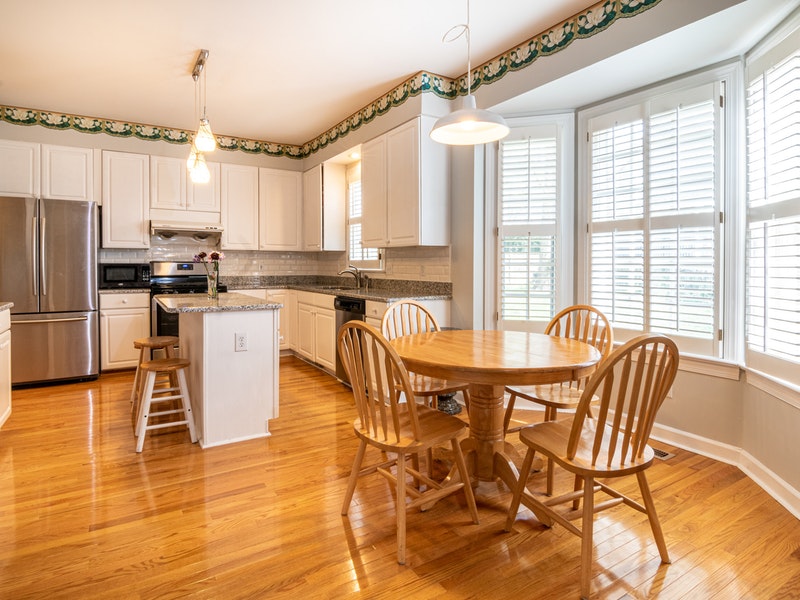How to Make Your Home More Energy Efficient

With the UK aiming to decarbonise all sectors of the UK economy to meet their net zero emissions target by 2050, it is expected that many existing UK homes will need to be modified in some way in order to reach this goal. New builds and extensions are already required by law to use low carbon emission heating methods, but what can you do to make your home more energy efficient?
Alternative heating
The best way to start looking at how to make your home more energy efficient is by looking at alternatives that professionals could fit to heat your home, rather than traditional heating methods. There are many alternative heating options available, such as underground air pumps and air heating pumps, which are growing in popularity due to the little carbon that they produce. With such a range of options it can be hard to know what is best, so you may wish to speak to a professional about the different options that would be most appropriate for your home.
Solar energy
Although installing solar panels in your home can cost you around £6500, over time they can save you money – especially with the current rise in energy costs. The Energy Saving Trust suggests that you could save up to £405 per year on your energy bills, and you could even get paid up to £110 for the excess energy that you generate and don’t use. Contrary to popular belief, solar panels work even on gloomy days, making them a stable source of energy all year round.
Smart heating controls
Smart heating controls can allow you to easily switch heating on and off, with some systems detecting your location via your phone to ensure that you don’t have heating on when it isn’t necessary. Heating can be controlled through an app on your phone, therefore if you are on your way home you can always switch it on to get the house warm for your arrival! This has been found to save the average family up to £270 per year, and it is quick and easy to install.
Draught Proofing
Draft proofing is one of the simplest and cheapest ways to make your home more energy efficient, reduce your carbon footprint and save you money on energy bills. By allowing fresh air to enter when it is needed, controlled ventilation can help to lower condensation and dampness. Draughts, on the other hand, are out of control and they trap too much heat, and allow in too much chilly air. In order to draught-proof your home, you should seal up any openings that could allow warm air to escape and cold air to enter. In addition to keeping your home cosy and warm, conserving warm air means you’ll spend less energy to heat it.





